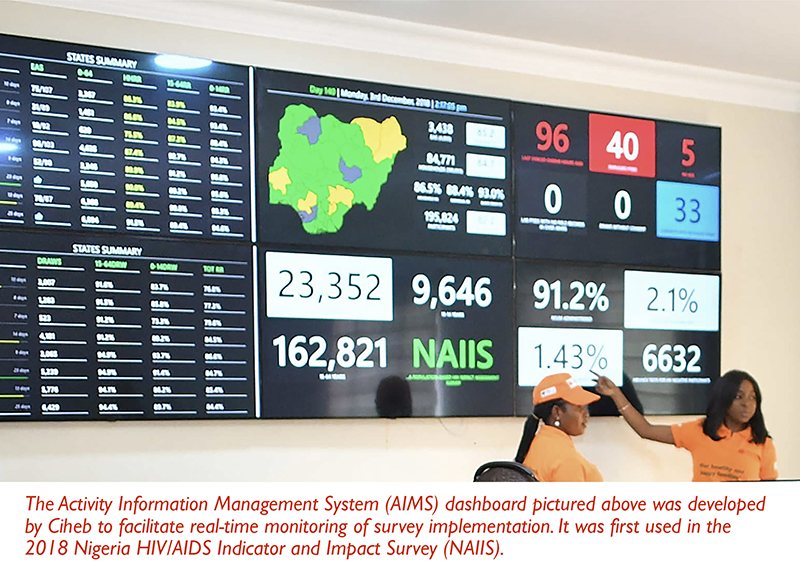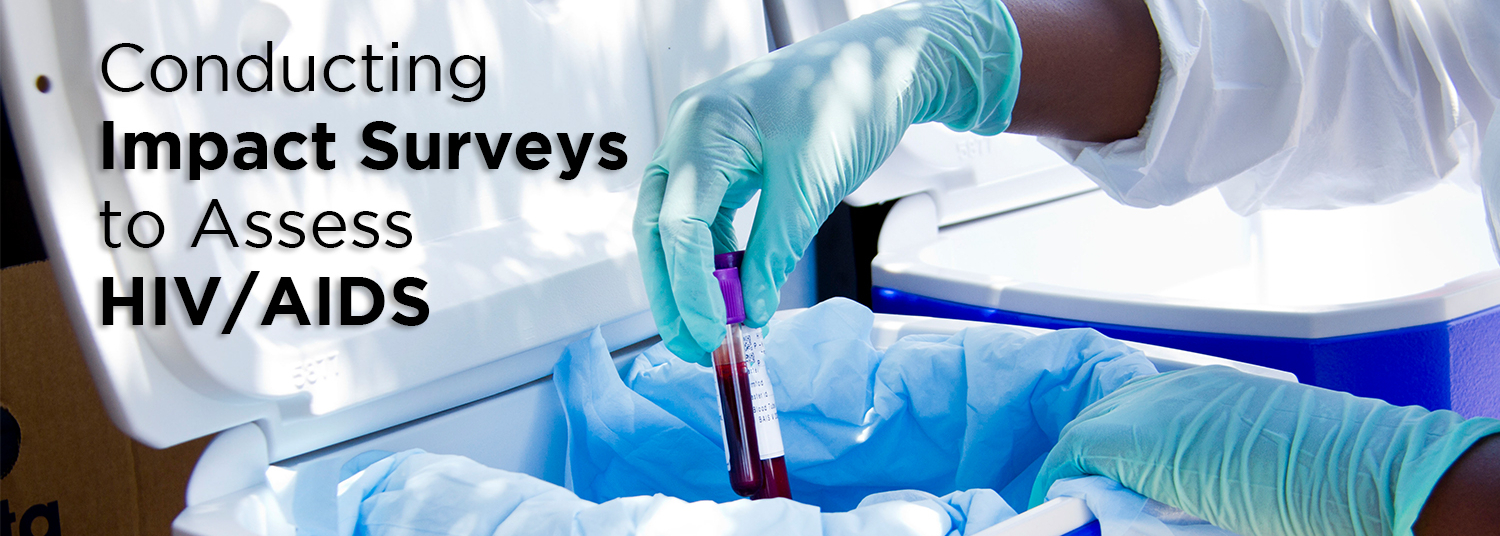Considerable progress has been made in bringing an end to the HIV/AIDS epidemic in Africa. To finish the job, it is necessary to assess the evolving nature and extent of the epidemic and adjust resource priorities and program policies to ensure the greatest impact.
Working in partnership with national ministries of health across Africa, Ciheb has been conducting population-based HIV impact assessments (PHIAs) in countries supported by PEPFAR. These assessments are important tools in providing critical information about the status of HIV/AIDS by estimating HIV prevalence — the total number of people living with HIV in a country.
PHIA surveys measure national and regional progress toward meeting UNAIDS' 95-95-95 goals and help to refocus resources where needed. Unlike PHIA surveys, most other population-based surveys don't typically measure HIV viral load or HIV incidence, two indicators that would help assess the impact of HIV prevention and treatment programs. The surveys also build capacity by strengthening the workforce and provide the infrastructure needed to design, conduct, analyze, and disseminate results.
PHIA surveys have been completed across a number of African nations and should be repeated after a few years in order to maintain updated data on national and regional progress.

Ciheb worked alongside the Nigerian Ministry of Health and National Agency for the Control of AIDS in completing the 2018 Nigeria HIV/AIDS Indicator and Impact Survey (NAIIS). The survey found that the HIV prevalence was lower than previously thought, allowing the country to refocus its services to the areas of greatest need to control the HIV epidemic.
Ciheb has also begun fieldwork for two PHIAs in 2021 that were originally scheduled to begin in 2020 but were paused due to the outbreak of COVID-19. The PHIA survey in Botswana is the Fifth Botswana AIDS Impact Survey 2020 (BAIS V), and the survey in Zambia is the ZAMPHIA 2020.

